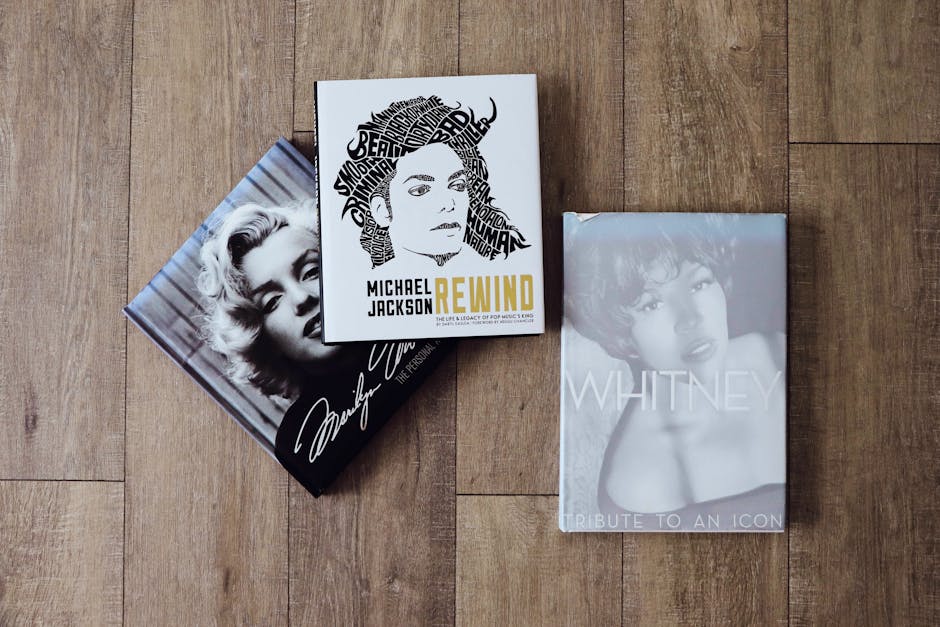What is a Tribute Album? A Deep Dive into the Art of Musical Homage
Tribute albums. The very name evokes a sense of reverence, a heartfelt homage to an artist, band, or even a specific genre. But what exactly is a tribute album? It’s more than just a collection of cover songs; it’s a complex artistic undertaking that blends respect, interpretation, and often, innovation.

Defining the Tribute Album: More Than Just Covers
At its core, a tribute album involves various artists performing their interpretations of songs originally created by another artist or group. However, a successful tribute album transcends simple imitation. It’s about offering a fresh perspective, a unique take on familiar melodies and lyrics. While some tribute albums stick closely to the originals, others embark on adventurous reinterpretations, transforming songs into entirely new sonic landscapes.
The key differentiator between a simple compilation of covers and a true tribute album lies in the overarching theme and intention. A tribute album isn’t just about showcasing musical talent; it’s about celebrating the legacy and impact of the artist being honored. This celebratory aspect forms the bedrock of the album’s concept and often dictates the selection of songs and the overall artistic direction.
The Evolution of the Tribute Album: From Humble Beginnings to Mainstream Success
The concept of tribute albums has evolved considerably over time. Early examples often served as informal celebrations within specific musical communities, offering a platform for lesser-known artists to gain exposure while paying homage to their idols. However, as the music industry expanded, so did the scale and scope of tribute albums. They transitioned from underground releases to major label productions, featuring renowned artists and achieving significant commercial success.
The rise of the internet and digital distribution has further democratized the tribute album landscape. Independent artists now have unprecedented opportunities to create and share their tribute projects, reaching wider audiences than ever before. This accessibility has resulted in a diverse range of tribute albums, reflecting a wide spectrum of musical styles and creative interpretations.
Types of Tribute Albums: Exploring the Variations
While the fundamental concept remains the same, tribute albums come in various forms. Some common types include:
- Artist-Specific Tribute Albums: These are dedicated to a single artist or band, often featuring a wide range of their most popular songs.
- Genre-Specific Tribute Albums: These focus on a specific genre, encompassing songs from multiple artists within that genre.
- Thematic Tribute Albums: These albums explore a specific theme or concept, linking songs from different artists through a unifying idea.
- Concept Tribute Albums: These take a more ambitious approach, reinterpreting the original artist’s work in a radically different style or context.
The Artistic Process: Interpretation and Innovation
Creating a successful tribute album demands careful consideration of several factors. The artists involved must not only possess exceptional musical skills but also a deep understanding and appreciation for the work of the artist being honored. Simply mimicking the original recordings is rarely sufficient; true artistry lies in the ability to reinterpret the songs while preserving their essence.
This involves making crucial decisions regarding instrumentation, arrangement, and vocal style. Some artists might choose to remain faithful to the original arrangements, focusing on capturing the emotional core of the songs. Others might opt for radical reinterpretations, incorporating elements of different genres or utilizing unconventional instrumentation to create a unique sonic signature.
The Impact and Legacy of Tribute Albums
Beyond providing a platform for musical expression, tribute albums play a crucial role in preserving musical history and promoting the work of significant artists. They can introduce new audiences to classic songs and artists, ensuring their continued relevance and appreciation across generations. Furthermore, they demonstrate the enduring power of music to inspire and influence, showcasing the ongoing creative conversation between artists across different eras and styles.

Notable Examples and Their Significance
Many tribute albums have achieved iconic status, not only for their musical quality but also for their cultural impact. Examples include The Stone Roses – Made of Stone, a compilation of cover versions celebrating the influential Manchester band. The album showcased a diverse lineup of artists, each bringing their unique style to the iconic songs. This demonstrates the enduring appeal of the original material and the creative potential of the tribute album format.
Another noteworthy example is a tribute album dedicated to a specific genre, showcasing the diversity of interpretation possible within the format. These albums highlight the richness and depth of the original artist’s work, allowing for a deeper exploration of their creative process and influence.
The Future of the Tribute Album
As musical styles and technological capabilities continue to evolve, so too will the form and function of tribute albums. We can expect to see increasingly innovative and experimental approaches, incorporating elements of electronic music, world music, and other genres. The digital realm will continue to facilitate the creation and distribution of tribute albums, allowing for greater collaboration and accessibility. The tribute album, therefore, remains a dynamic and evolving art form, reflecting the ever-changing landscape of music itself.

Conclusion: A Lasting Legacy of Musical Appreciation
Tribute albums are far more than mere collections of cover songs; they are powerful expressions of musical appreciation, creative exploration, and artistic homage. Through thoughtful interpretation and innovative arrangements, these albums not only celebrate the legacy of influential artists but also contribute to the ongoing evolution of music itself, ensuring that the spirit and artistry of the honored musicians continue to resonate with audiences for years to come.

